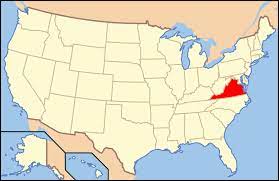North American Geography Quiz 3
0.0(0)
Card Sorting
1/47
Earn XP
Description and Tags
Study Analytics
Name | Mastery | Learn | Test | Matching | Spaced |
|---|
No study sessions yet.
48 Terms
1
New cards
Megalopolis
Any agglomeration of large, coalescing super cities
2
New cards
Agglomeration
An extended city area comprising the built-up area of a central city and any suburbs linked by continuous urban area
3
New cards
Coastal estuaries
Good harbors on the coast
4
New cards
Characteristics of coastal harbor towns
Relatively flat or gently rolling terrain
5
New cards
Environment of Chesapeake Bay
\-Norfolk/ Virginia Beach
\-Annapolis (U.S. Naval Academy)
\-Baltimore
\-Annapolis (U.S. Naval Academy)
\-Baltimore
6
New cards
Fall line cities
\-Rapids and falls
-from hard rocks of higher Piedmont, softer rocks of the coastal plain
-from hard rocks of higher Piedmont, softer rocks of the coastal plain
7
New cards
Urban planning
A dynamic process that involves designing or planning urban spaces or urban communities
\
Philadelphia- Ben Franklin
New York- Sanitation controls, housing standards
\
Philadelphia- Ben Franklin
New York- Sanitation controls, housing standards
8
New cards
Ben Franklin’s role in urban planning
Establishing a lending library, hospital, school, fire brigade, insurance company, learned society, and militia.
9
New cards
Urban sprawl
Large-scale, low-density, scattered, discontinuous car-dependent construction, began around periphery of older city centers: process of change
10
New cards
Stages of interurban growth
\-Stage 1: Walking horse/cart era
\-Stage 2: Electric streetcar era
\-Stage 3: Recreational automobile era
\-Stage 4: Freeway era (decentralization/suburb growth)
\-Stage 2: Electric streetcar era
\-Stage 3: Recreational automobile era
\-Stage 4: Freeway era (decentralization/suburb growth)
11
New cards
Walking horse/cart era
\-Stage 1
\-Compact, pedestrian cities, connected to hinterland for “supplies”
\-All city functions within 30-minute walk: job, market, housing, social community
\-Compact, pedestrian cities, connected to hinterland for “supplies”
\-All city functions within 30-minute walk: job, market, housing, social community
12
New cards
Electric streetcar era
\-Stage 2
\-Trolley extended “suburbs” along routes
\-Spatial segregation based on socioeconomics:
-Labor in interior of city – owner/managers commutes
\-Relationship emerging between CBD & surrounding areas:
-Inner-city vs. ‘burbs
\-Trolley extended “suburbs” along routes
\-Spatial segregation based on socioeconomics:
-Labor in interior of city – owner/managers commutes
\-Relationship emerging between CBD & surrounding areas:
-Inner-city vs. ‘burbs
13
New cards
Recreational automobile era
\-Stage 3
\-Early highways extended & in-filled suburbs
\-Socioeconomic segregation more prominent
\-Extra-urban industrial zones emerge as laborforce becomes more mobile
\-Early highways extended & in-filled suburbs
\-Socioeconomic segregation more prominent
\-Extra-urban industrial zones emerge as laborforce becomes more mobile
14
New cards
Freeway era (decentralization/suburb growth)
\-Stage 4
\-Suburbs expand (1-2 hr. commutes)
\-Economic centers disperse from CBD
\-Greater city-to-city travel
\-Economic decline of inner urban core
\-Increased need for air pollution control
\-Distinct socioeconomic delineations
\-Suburbs expand (1-2 hr. commutes)
\-Economic centers disperse from CBD
\-Greater city-to-city travel
\-Economic decline of inner urban core
\-Increased need for air pollution control
\-Distinct socioeconomic delineations
15
New cards
Smart growth
\-Buzzword that came into use for growth management in the 1990’s
\-Mixed land use
\-Acquiring undeveloped land for open space
\-Encourage compact development
\-Emphasize infill development and reuse
\-Mixed land use
\-Acquiring undeveloped land for open space
\-Encourage compact development
\-Emphasize infill development and reuse
16
New cards
Smart growth practices in Maryland
\-Support existing communities and neighborhoods
\-Save taxpayers millions of dollars in unnecessary building of infrastructure required to support sprawl.
\-Priority funding areas
\-Rural legacy program
\-Live near your work
\-Save taxpayers millions of dollars in unnecessary building of infrastructure required to support sprawl.
\-Priority funding areas
\-Rural legacy program
\-Live near your work
17
New cards
Connectivity
\-Nodes
\-Edges
\-Connection to periphery
\-Edges
\-Connection to periphery
18
New cards
Nodes
Connecting points
19
New cards
Edges
Lines connecting to nodes
20
New cards
Ethnic enclaves
An area that contains a high concentration of one cultural group in contrast to the surrounding area
21
New cards
Cultural characteristics of Boston
\-English settlement patterns (early settlers)
\-Irish and Italian immigrant groups (mostly 20th century)
\-Chinese immigrants with large presence in Chinatown
\-More recently Dominican and other Caribbean nations
\-45 college institutions
\-Irish and Italian immigrant groups (mostly 20th century)
\-Chinese immigrants with large presence in Chinatown
\-More recently Dominican and other Caribbean nations
\-45 college institutions
22
New cards
Cultural characteristics of Philadelphia
\-”City of brotherly love”
\-A colonial city
\-U.S. Constitution Convention
\-Independence Hall
\-Liberty Bell
\-Major shipping port and river access
\-Swedish and German immigrants
\-A colonial city
\-U.S. Constitution Convention
\-Independence Hall
\-Liberty Bell
\-Major shipping port and river access
\-Swedish and German immigrants
23
New cards
Cultural characteristics of Baltimore
\-Another harbor city
\-Export/import business
\-Railroad
\-Banking
\-Tourism
\-City with a history of “white flight”
\-Export/import business
\-Railroad
\-Banking
\-Tourism
\-City with a history of “white flight”
24
New cards
Cultural characteristics of New York City
\-”The big apple”
\-Another harbor city
\-River access to upstate and great lakes thru Hudson river
\-Greater metropolitan area includes: New Jersey, Long Island, and Connecticut
\-Major industries:
-Entertainment
-News
-Financial
-Import/export
-Shopping
-Fashion
-Tourism
-Education
\-Another harbor city
\-River access to upstate and great lakes thru Hudson river
\-Greater metropolitan area includes: New Jersey, Long Island, and Connecticut
\-Major industries:
-Entertainment
-News
-Financial
-Import/export
-Shopping
-Fashion
-Tourism
-Education
25
New cards
Cultural characteristics of Washington DC
\-Major workforce with federal government
\-Agency headquarters
\-Lobbyist
\-Education
\-Tourism, “face of the nation”
\-Agency headquarters
\-Lobbyist
\-Education
\-Tourism, “face of the nation”
26
New cards
Boston
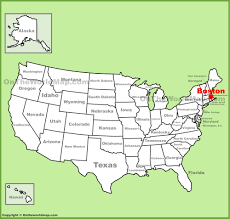
27
New cards
Providence
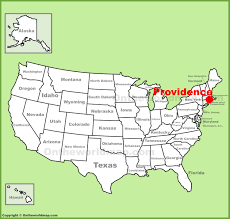
28
New cards
New Haven
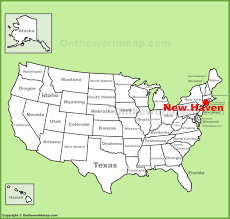
29
New cards
New York City
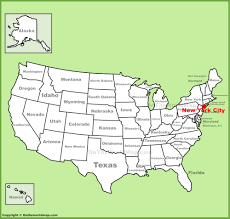
30
New cards
Philadelphia
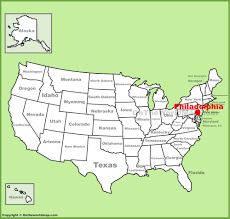
31
New cards
Baltimore
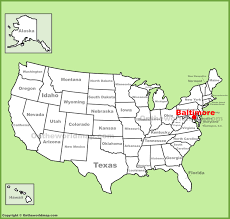
32
New cards
Washington DC
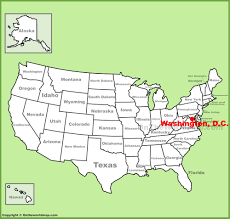
33
New cards
Richmond
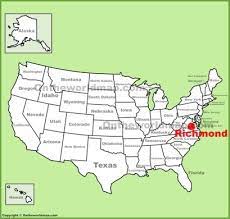
34
New cards
Chesapeake Bay
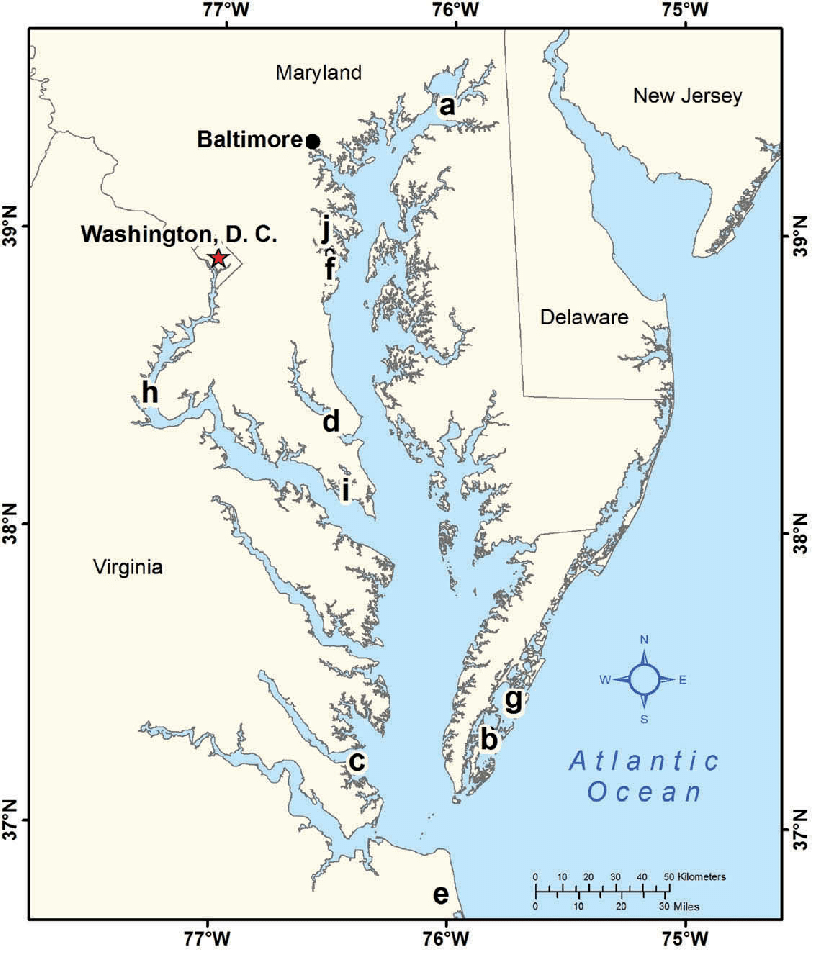
35
New cards
Delaware Bay
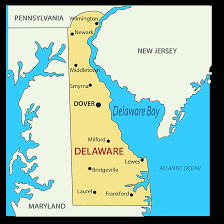
36
New cards
Long Island Sound
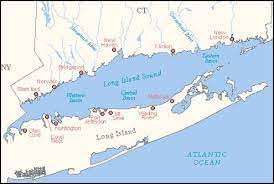
37
New cards
Narragansett Bay
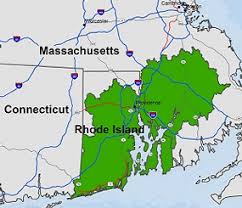
38
New cards
Appalachian Mountains
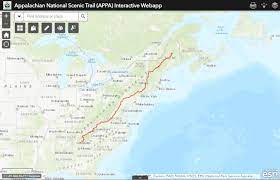
39
New cards
Fall Line
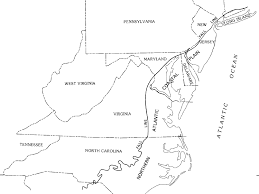
40
New cards
Pidemont
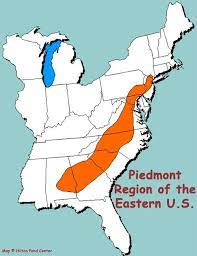
41
New cards
Massachusetts
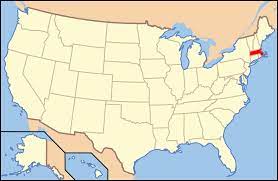
42
New cards
Rhode Island
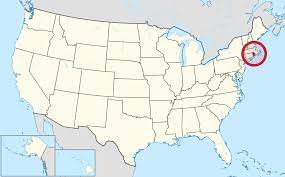
43
New cards
Connecticut
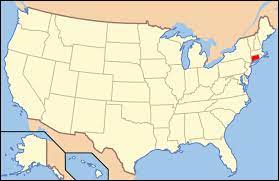
44
New cards
New Jersey
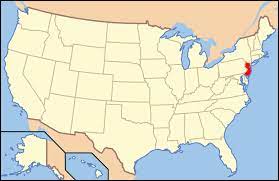
45
New cards
New York
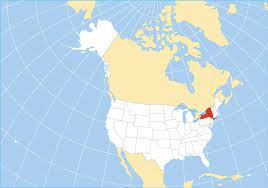
46
New cards
Delaware
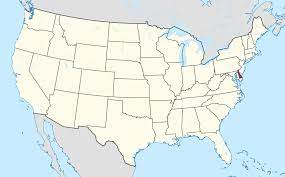
47
New cards
Maryland
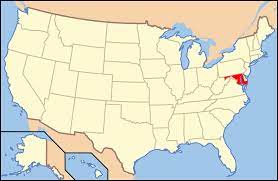
48
New cards
Virginia
